Engage a Shifting Electorate with
Direct Mail
A Guide on How to Develop a Winning Campaign Strategy
Download the Full White Paper Now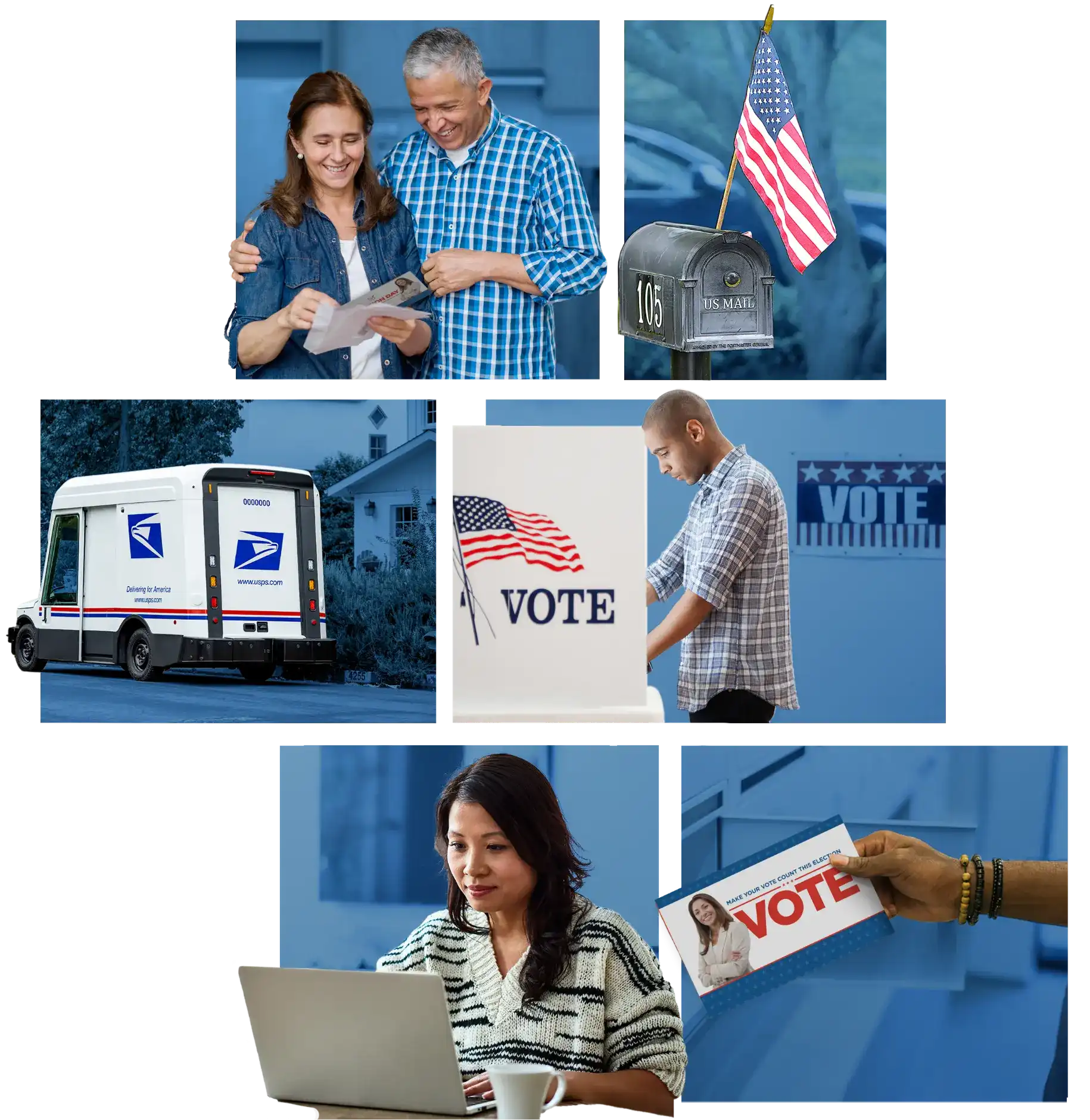
Resonating with a Complex Electorate
The 2024 Election was a game changer in American politics, with different demographics voting in surprising ways, making it more challenging for campaigns to reach specific voters. This joint white paper with the American Association of Political Consultants (AAPC) captures what has shifted and stayed the same during recent election cycles to provide campaigns with a better understanding of how voters prefer to receive information.
Our comprehensive 2024 research findings led us to three key strategies campaigns should prioritize to optimize their advertising campaigns in the next election cycle, with mail being a key component.
Keep Scrolling for High-Level Insights
Strategy 1
Give Voters Time and Space to Make Informed Decisions
Across all political advertising channels, campaigns must determine the best time to deploy each tactic to maximize impact while balancing cost considerations and strategic goals.
Our research concluded that campaigns should send direct mail early enough to impact both regular and early voters’ decision-making process — while avoiding overwhelming or creating voter fatigue with excess mail pieces during a shorter timeframe.
46 percent of surveyed voters prefer to receive mail pieces the last month before Election Day
I felt that the timing of the mail coming in the month prior to the election was probably the most effective […] it gives a voter time to absorb the information if they choose to and also time to research the information if it’s going to impact their voting decision.
– Georgia Voter

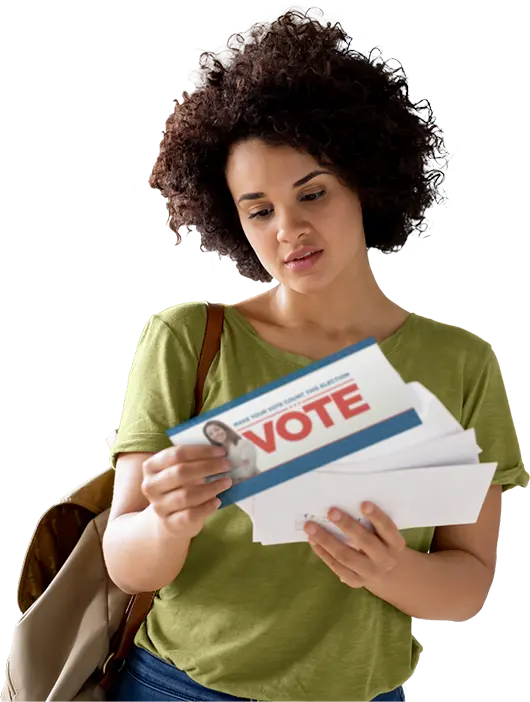
43 percent of surveyed voters felt receiving direct mail weekly was “just right”
I found that the candidate was sending … about one piece per week, which is pretty reasonable, for me. I didn’t feel overwhelmed … and I was actually looking forward to it each time that they got here.
– Indiana Voter
76 percent of surveyed consultants believe direct mail is more effective at reaching early voters than other advertising channels
There’s definitely been a shift in the timing to move things earlier in terms of communicating with people who are likely to vote by mail. That depends on the state. But we used to be really busy in mid-October […] And I would say a lot more of what we do is busier in August at this point and through September.
– Consultant
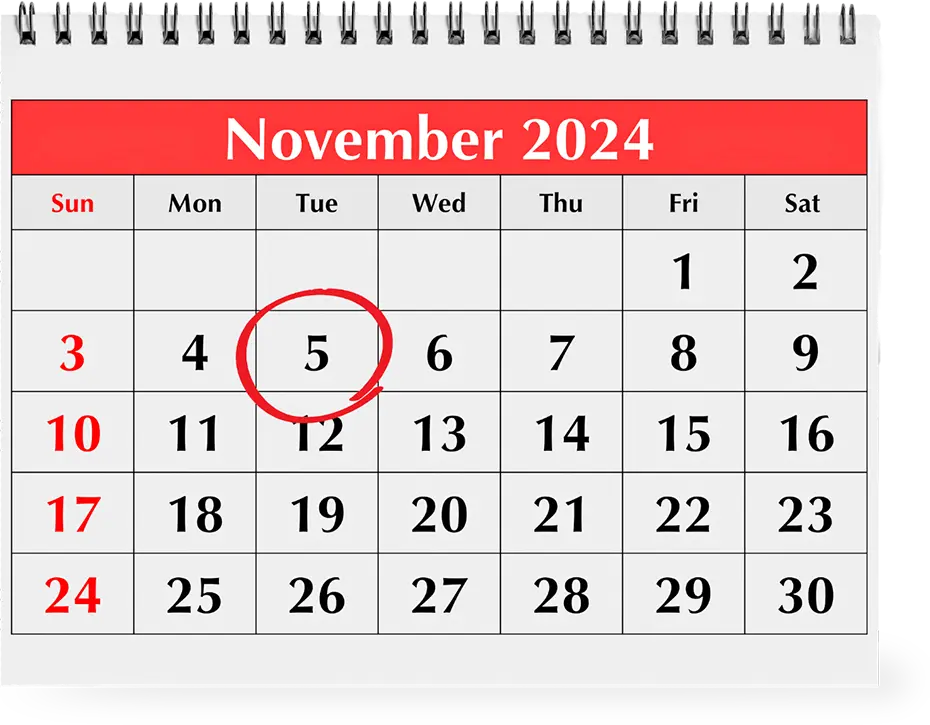

Strategy 2
Build Trust with Targeted Messaging
Campaigns looking to create authentic connections and maximize return on investment must identify the sweet spot to both effectively and efficiently reach the right voters.
Our research found campaigns can increase the likelihood of voter engagement by utilizing the precise targeting capabilities of direct mail and creating tailored content that speaks personally to voters on the issues they care about the most.
78 percent of surveyed voters say it’s important the messaging in mail pieces speaks to them personally on the issues and concerns they care most about – but 38% felt that they did not receive personalized mail pieces
There’s much more effort in putting out [mail pieces] which gives it much more of an authentic feel [and] can increase trust compared to thousands of emails that are sent to anybody. Personalization and effort is what can be drawn from physical mail like political advertisements.
– California Voter

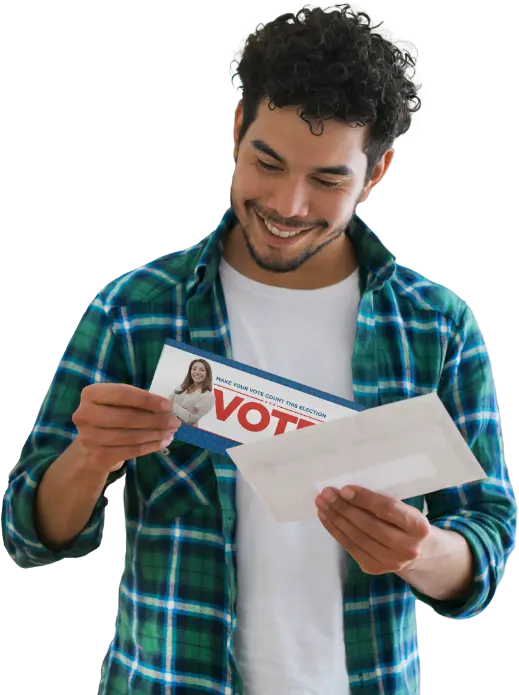
38 percent of surveyed voters are more likely to engage with a mail piece if it addresses issues relevant to them
[Direct mail] helps to keep me informed. I’m not gonna lie. I’ve learned about special elections sometimes by things that come in the mail, and I need that information.
– Georgia Voter
79 percent of surveyed consultants maintained or increased direct mail campaign budgets during the last election cycle – while other traditional channels, including television, telephone calls and radio, saw a larger decrease in spending
Number one is the one-to-one targeting. It’s by far the only medium where we have a reasonable idea of who the voter is and what would be important to the voter. You don’t know how everybody feels but [you can] reduce a universe to people who are very likely to be open to what we’re trying to say.
– Consultant

Strategy 3
Maximize Impact with Memorable Mail Pieces
In today’s media landscape, an unprecedented volume of content floods digital platforms, overwhelming voters and making it difficult to break through the clutter. In contrast, direct mail offers a uniquely tactile, sensory experience that can leave a lasting impression through Election Day.
Campaigns can enhance this experience by elevating mail layout and design and taking a data-driven content approach. They can also leverage mail integration tools, such as USPS Informed Delivery® email notifications and QR Codes®, to create a seamless omnichannel experience that drives action.
I think the interactive pop-up nature of [direct mail] gives it an edge over other advertising.
– Pennsylvania Voter
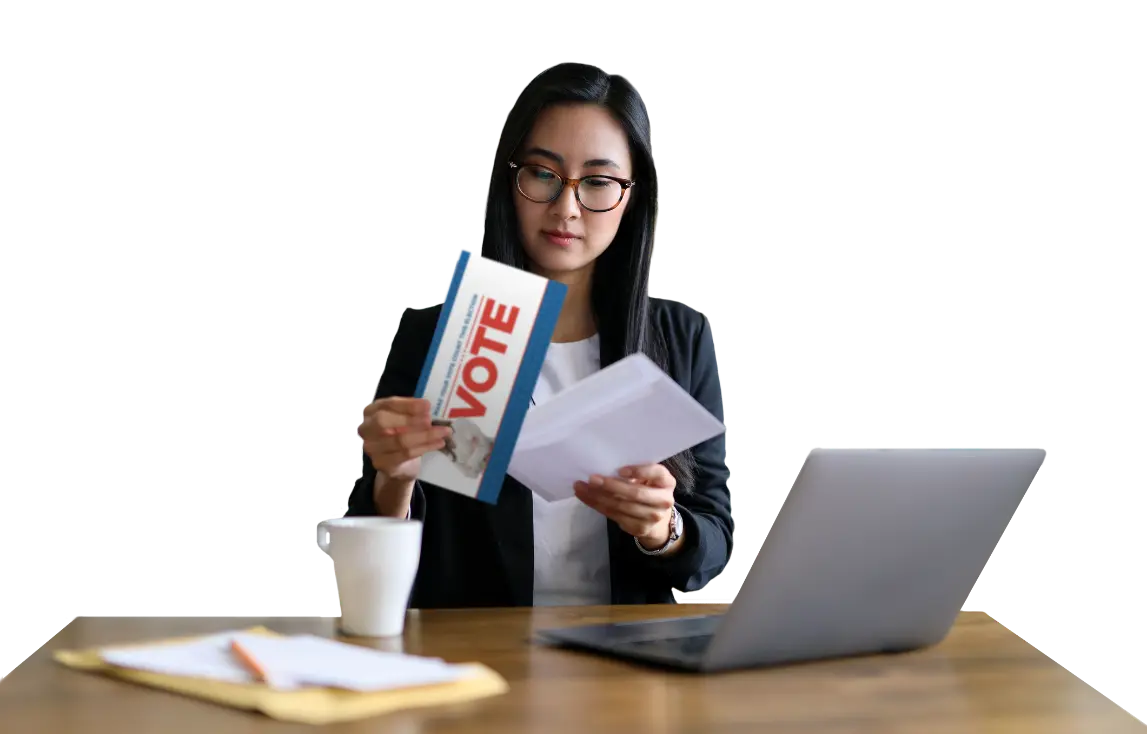
67 percent of surveyed voters prefer informative and data-driven content in mail pieces
And I like what she does is, in her particular ads, she does less of the tear down [of her opponent] and she shows more of the building and what she’s trying to do.
– Michigan Voter
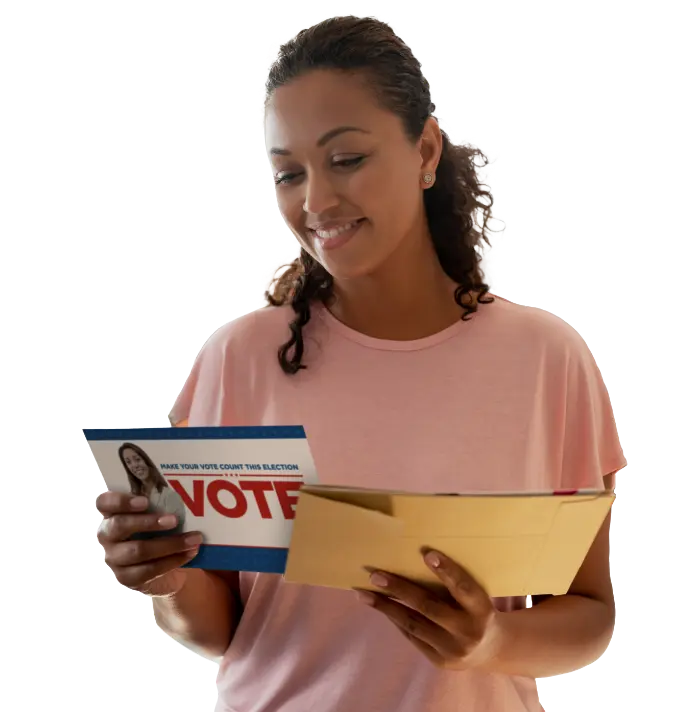
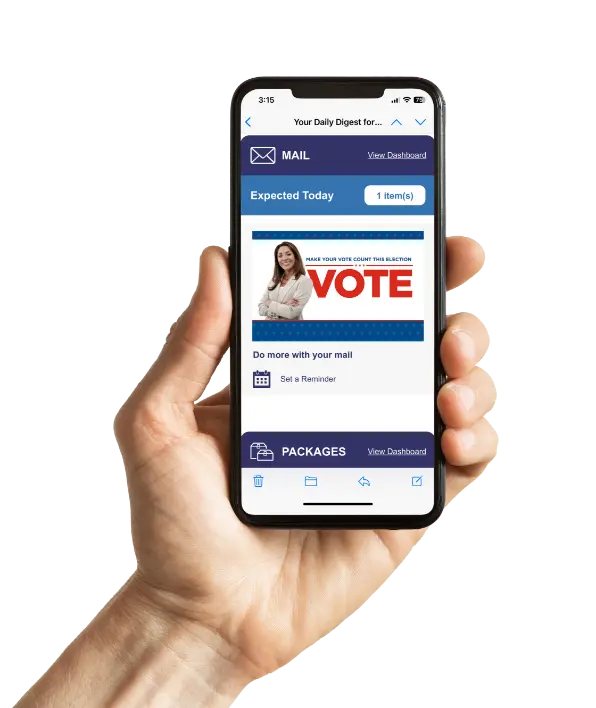
57 percent of surveyed voters reported seeing a QR Code® in a political mail piece, which they can scan to learn more online
QR Code® is a registered trademark of Denso Wave Incorporated.
43 percent of surveyed voters are signed up for informed delivery – compared to 30% of surveyed voters in 2020

Demographic Profiles
Shifting Electorates
Diving deeper into shifting electorates, the 2024 Election revealed four demographics that, by many accounts, voted in surprising ways. Our research enabled us to unpack these demographic profiles and their political advertising preferences, especially as it pertains to direct mail.

Gen Z men have a positive outlook on political mail that can be leveraged with personalized, well-designed mail pieces that fit into an omnichannel campaign
85 percent of surveyed Gen Z men said mail piece layout and design makes it more memorable – compared to only 67% of all surveyed voters
Hispanic/Latino men value authentic engagement with targeted, multilingual mail pieces that speak to the issues they care about personally
58 percent of surveyed hispanic/latino men speak Spanish regularly, but only 40% received political mail pieces in Spanish

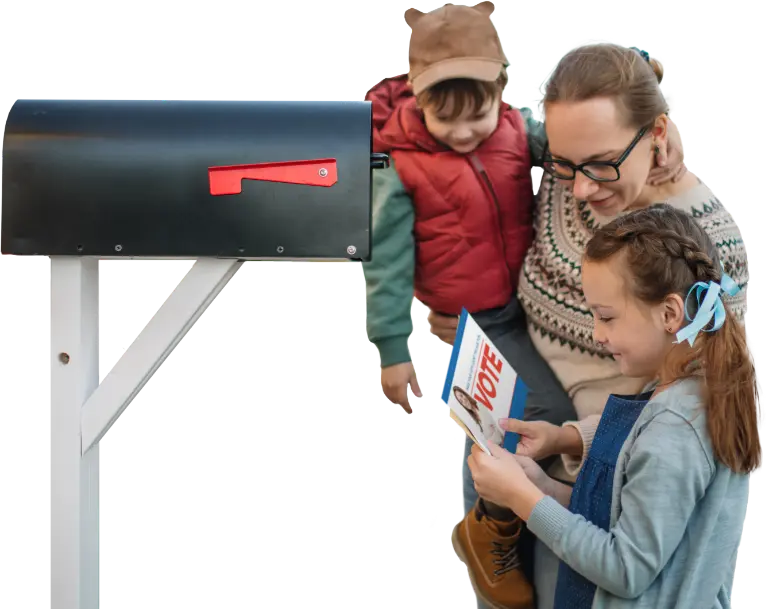
Suburban women want political mail that is informative and data-driven, which can prompt additional research and engagement with campaigns
65 percent of surveyed suburban women want the tone of their mail pieces to be informative and data driven, while 50% want it to be sincere and personal
Black men favor personalized, visually effective political mail that’s well-timed for early voting
70 percent of surveyed black men said the mail they received this cycle was visually effective – compared to 45% of all surveyed voters

Leveraging the Power of Direct Mail to Reach Voters
The 2024 Election revealed a turning point in American politics, uncovering an electorate more complex and unpredictable than ever before. As campaigns look ahead to future elections, they must adapt their advertising strategies to resonate with this evolving voter landscape by harnessing direct mail benefits through the following three tactics:
Strategy 1

Timing, Frequency, & Early Voting
Give Voters Time and Space to Make Informed Decisions
Strategy 2

Personalization, Targeting, & Channel Optimization
Build Trust with Targeted Messaging
Strategy 3

Design, Content, & Mail Integration
Maximize Impact with Memorable Mail Pieces
For More Actionable Insights
Download the Full White PaperA Joint Study by the United States Postal Service and American Association of Political Consultants (AAPC)